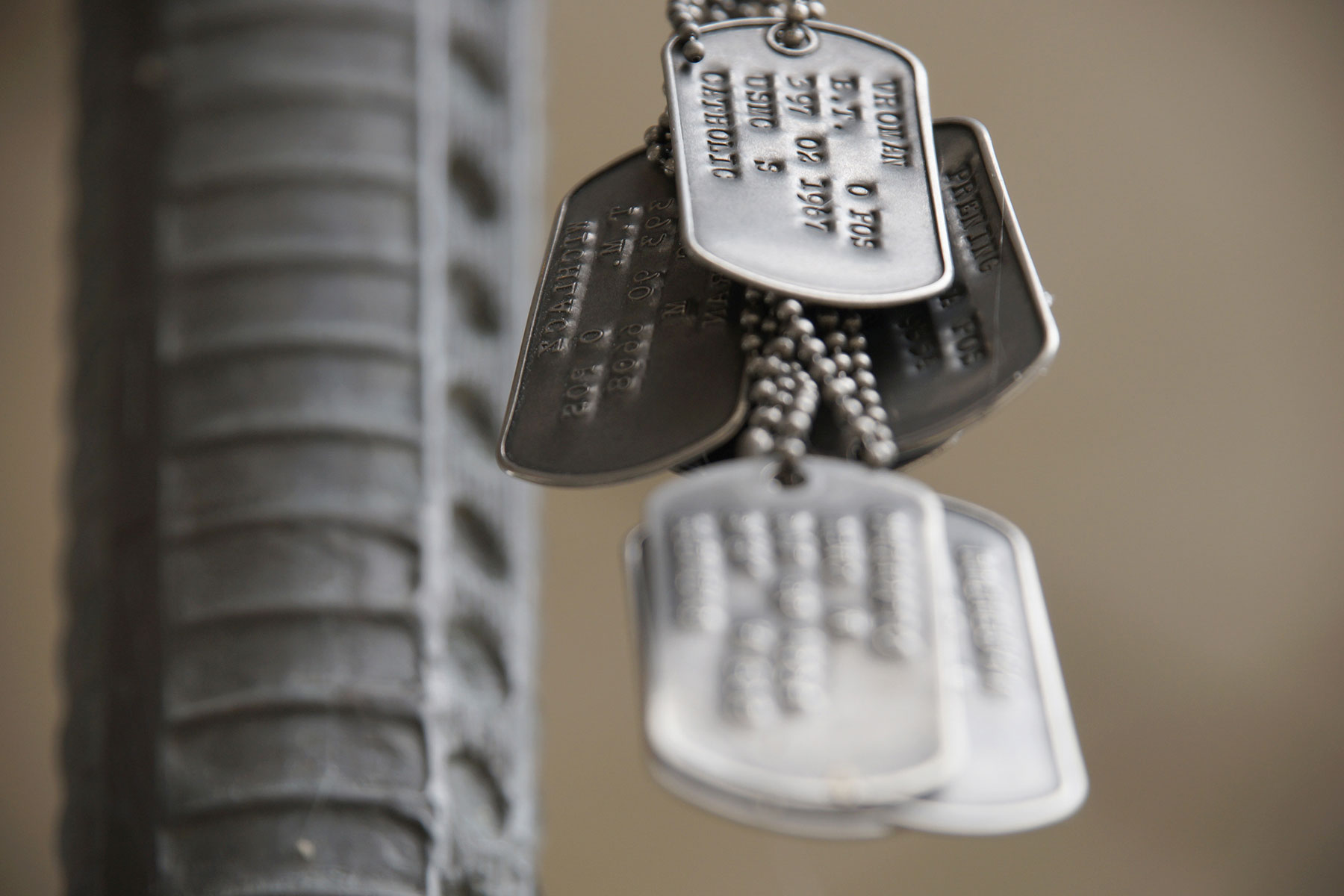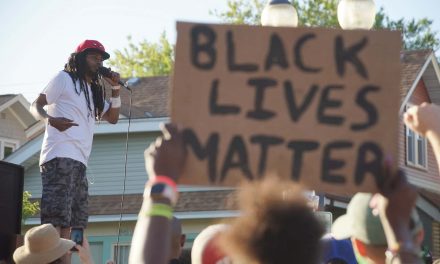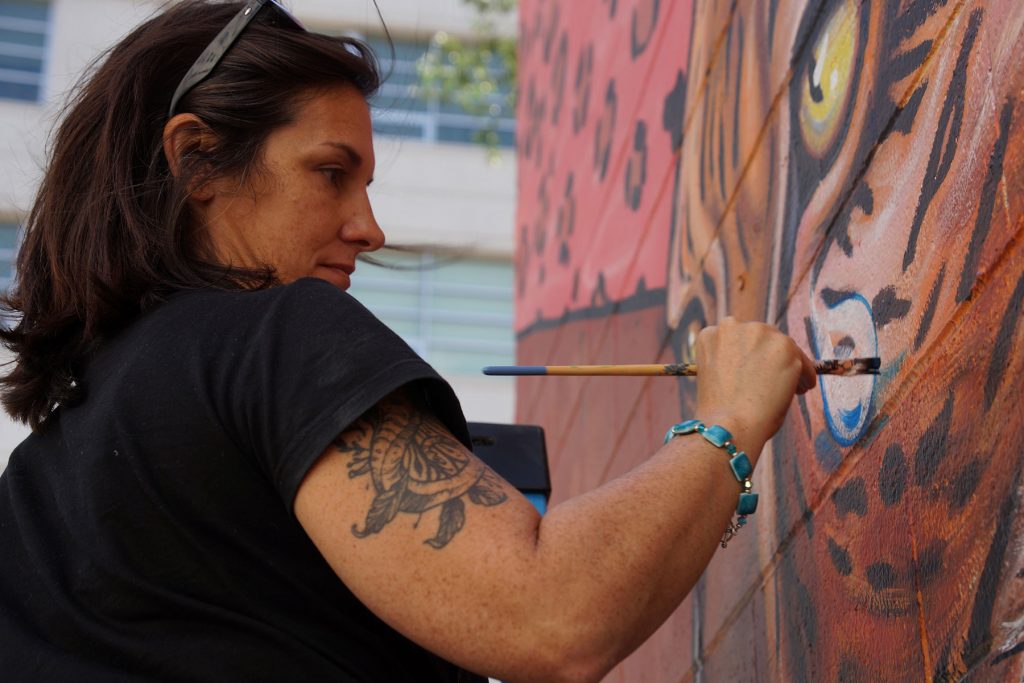
Suicide rates have jumped substantially among young military veterans, according to new data from the US Department of Veterans Affairs.
Veterans aged 18 to 34 have higher rates of suicide than any other age group, the VA says in its National Suicide Data Report. The rate for those young veterans increased to 45 suicide deaths per 100,000 population in 2016, up from 40.4 in 2015, even as the overall veteran suicide rate decreased slightly. Many vets in that age group served in the wars in Iraq and Afghanistan.
“This isn’t just alarming. It’s a national emergency that requires immediate action. We’ve spent the last decade trying to improve the transitioning process for our veterans, but we’re clearly failing, and people are dying,” said Joe Chenelly, the executive director of the national veterans group Amvets.
More than 6,000 veterans have killed themselves each year since 2008, according to the VA data. Veteran suicide rates increased 25.9% between 2005 and 2016, as suicide rates in the overall US population also increased. But between 2015 and 2016, the rate for veterans decreased slightly, from 30.5 per 100,000 population to 30.1.
The suicide rate was 1.5 times greater for veterans than for adults who never served in the military, even after adjusting for age and gender.
The gap was even greater for female veterans: after adjusting for age, their suicide rate was 1.8 times greater than the rate for non-veteran women in 2016.
“The US Department of Veterans Affairs (VA) is committed to veteran suicide prevention,” the VA says in its report. “To prevent veteran suicide, we must help reduce veterans’ risk for suicide before they reach a crisis point and support those veterans who are in crisis. This requires the expansion of treatment and prevention services and a continued focus on innovative crisis intervention services.”
Veterans younger than 35 were the only age group whose suicide rate increased from 2015 to 2016, according to the report.
“The new data tells us that too many younger veterans – specifically those of the post-9/11 era – were slipping through the cracks despite all the efforts to address mental healthcare access and barriers to seamless transition after service,” Chenelly said.
Veterans were also more likely than other Americans to kill themselves using a gun. In 2016, 70% of veteran suicides were by firearm, compared with 48% of non-veterans.
In total, 6,079 veterans killed themselves in 2016, down from 6,281 in 2015.
Lana McKenzie, the chief medical executive at Amvets, said the group’s work with veterans struggling with mental health issues shows they “train to be resilient, they train to not ask for help”.
“There’s help out there for these individuals,” she said.
Erin Durkin
Lee Matz
Originally published on The Guardian as ‘A national emergency’: suicide rate spikes among young US veterans
Help deliver the independent journalism that the world needs, make a contribution of support to The Guardian.














